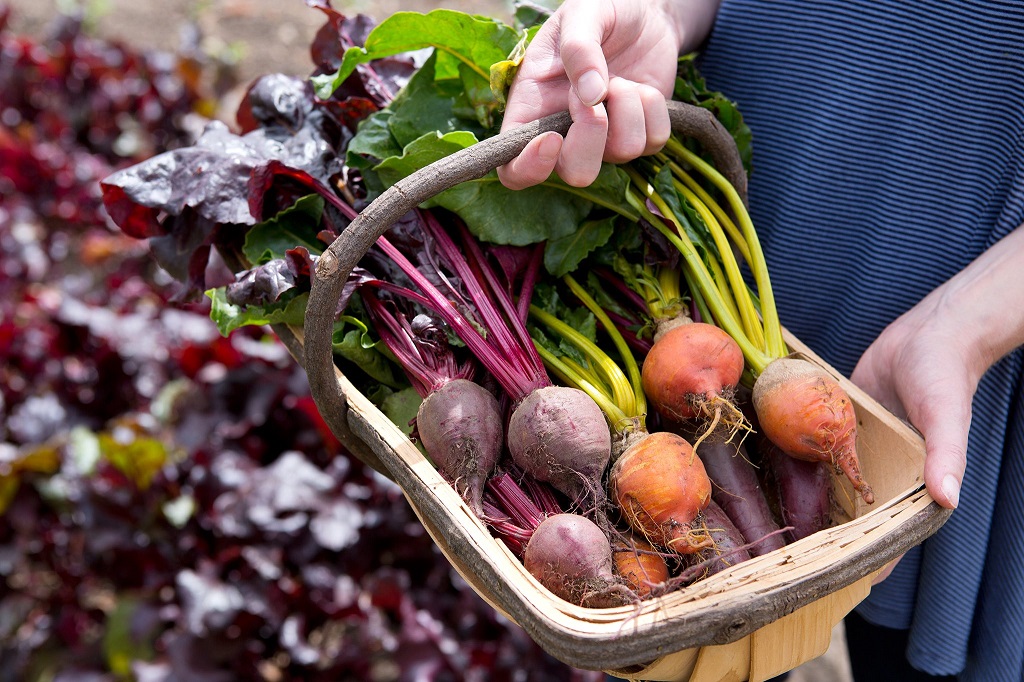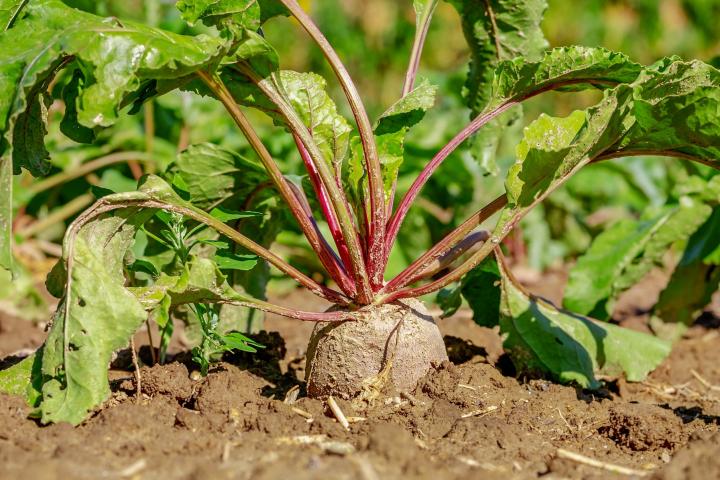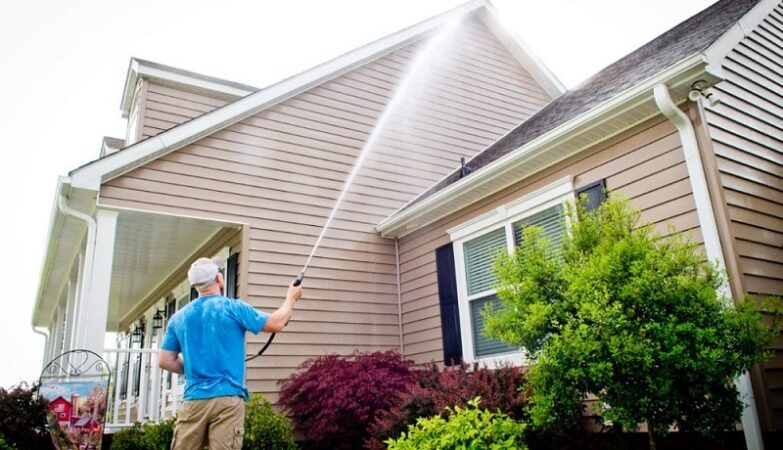If you’re a gardening enthusiast or someone looking to start your own vegetable garden, you might have wondered whether beetroot is a good option for you. Beetroot, with its vibrant color and earthy taste, is a delicious addition to various dishes and a highly nutritious vegetable. But the question remains: Is beetroot difficult to grow? In this comprehensive guide, we will delve into the world of beetroot cultivation, exploring everything you need to know to grow this fantastic root vegetable successfully. We will cover everything from preparation and planting to care and harvesting. So, let’s get our hands dirty and dig into the world of growing beetroot! This article is presented to you by Aliceswonderlandnursery.com.
The Basics of Beetroot
Beetroot, scientifically known as Beta vulgaris, is a cool-season root vegetable that belongs to the Amaranthaceae family. It is a versatile vegetable that can be consumed in various forms, from raw slices in salads to cooked and pickled versions. Beetroot is rich in essential nutrients like fiber, folate, potassium, and antioxidants, making it a healthy choice for any diet. If you’re interested in gardening and want to explore growing other fruits and vegetables, you may also consider learning how to grow strawberries in pots. It’s a great way to add fresh and homegrown produce to your meals.
Understanding Beetroot’s Growing Requirements
To successfully grow beetroot, it’s crucial to understand its specific growing requirements. Here are some key factors to consider:
1. Climate and Temperature
Beetroot seedlings thrive in cooler climates with temperatures ranging from 50°F to 75°F (10°C to 24°C). It can tolerate light frosts but is not suitable for extreme heat. For gardeners in warmer regions, it’s best to grow beetroot during the cooler months of spring and fall.
2. Soil
Beetroot prefers well-draining, loose, and sandy soil. Before planting, ensure that the soil is enriched with organic matter to promote healthy root development. The pH level of the soil should be around 6.0 to 7.5, slightly acidic to neutral.
3. Sunlight
Beetroot plants require at least 6 to 8 hours of sunlight daily. Choose a location in your garden that receives ample sunlight, as this is essential for robust growth and optimal root development.
4. Watering
Consistent and adequate watering is vital for growing beetroot. Keep the soil evenly moist, especially during the germination period. Avoid overwatering, as it may lead to rotting.
5. Planting Time
The ideal time to plant beetroot seeds is when the soil temperature reaches around 50°F (10°C). For most regions, this would be in early spring. You can also make successive plantings every few weeks to ensure a continuous harvest.
Preparing the Soil
Before sowing beetroot seeds, preparing the soil is a critical step to ensure the best growing conditions for your plants. Here’s a step-by-step guide to soil preparation:
1. Clear the Area
Clear the selected area of any debris, weeds, or rocks. Beetroot plants need space to grow, so it’s essential to provide them with a clean and unobstructed area.
2. Loosen the Soil
Using a garden fork or a tiller, loosen the soil to a depth of about 8 to 10 inches (20 to 25 centimeters). This process will improve aeration and allow the roots to penetrate easily.
3. Add Organic Matter
Incorporate well-rotted compost or aged manure into the soil. Organic matter not only improves soil structure but also provides essential nutrients for healthy plant growth.
4. Level the Soil
Smooth out the soil surface with a rake to create a level planting bed. A flat surface ensures even watering and prevents waterlogging.

Planting Beetroot Seeds
With the soil prepared, it’s time to sow the beetroot seeds. Follow these steps for successful seed planting:
1. Spacing
Sow the seeds about 1 inch (2.5 centimeters) apart and ½ inch (1.25 centimeters) deep. Maintain a distance of at least 12 inches (30 centimeters) between rows to allow ample space for the beetroot to grow.
2. Thinning
Once the seedlings have emerged and grown to a few inches tall, thin them out to ensure proper spacing. Beetroot plants need enough room for their roots to develop fully.
3. Watering
Keep the soil consistently moist during the germination period. Once the plants are established, water them deeply but less frequently to encourage deep root growth.
4. Fertilization
Beetroot plants benefit from a balanced fertilizer. Apply a low-nitrogen fertilizer a few weeks after planting to promote healthy foliage growth and root development.
Caring for Beetroot Plants
To achieve a bountiful harvest of delicious beetroot, it’s essential to provide proper care to your plants throughout their growth cycle. Here are some essential care tips:
1. Thinning
As mentioned earlier, thinning is a crucial step to ensure the proper development of beetroot plants. Remove excess seedlings to maintain the desired spacing.
2. Mulching
Applying a layer of organic mulch around the plants helps retain soil moisture, suppress weed growth, and maintain a more consistent soil temperature.
3. Pest and Disease Management
Keep an eye out for common garden pests like aphids, slugs, and leaf miners. Implement natural pest control methods or use appropriate insecticides to protect your plants. Additionally, practice crop rotation to reduce the risk of disease.
4. Harvesting
Beetroot is typically ready for harvest 8 to 10 weeks after planting. You can harvest them when they reach the desired size, usually 1 to 3 inches in diameter. Gently pull the plants out of the soil, taking care not to damage the roots.
Conclusion
Growing beetroot can be an incredibly rewarding experience for any gardener. With the right knowledge and care, you can cultivate a thriving crop of this nutritious and delicious root vegetable. Remember to provide the right growing conditions, prepare the soil adequately, and follow essential care practices to ensure a successful harvest. Whether you’re a seasoned gardener or a beginner, adding beetroot to your garden will undoubtedly elevate your vegetable-growing journey.








